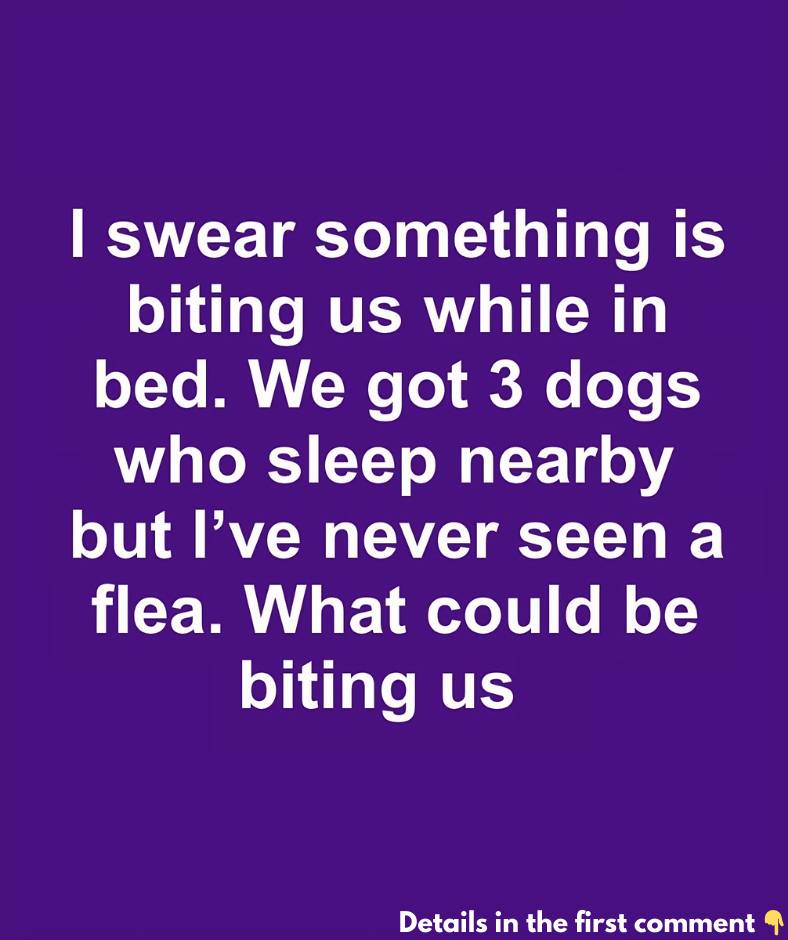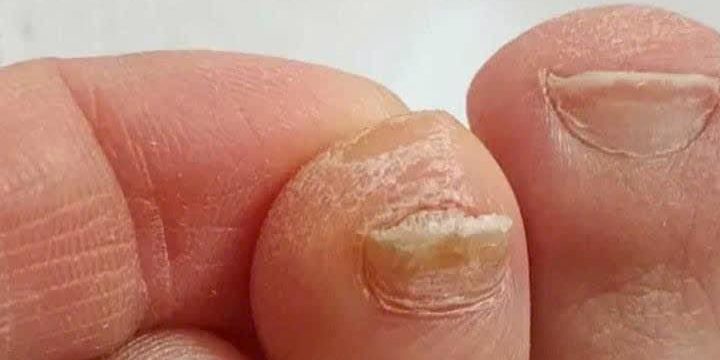Waking up to mysterious red, itchy bumps without knowing what’s behind them is frustrating and concerning. If you have pets, fleas might be your first suspect. But what if you don’t see any signs of them? Nighttime bites can come from various sources, not just fleas. Let’s explore what could be causing those bites and how to resolve this unsettling issue.

Recognizing Bed Bug Bites
To narrow down the cause, start by examining the appearance of the bites. Bed bug bites often appear in clusters or straight lines, typically on exposed skin areas such as the arms, neck, and face. These bites are red, slightly swollen, and extremely itchy. If the bites follow this pattern, bed bugs could be the culprit, while flea bites generally target the lower legs and ankles.
Common Household Pests That Bite
Nighttime bites can be caused by a range of household pests, including fleas, bed bugs, mites, and even mosquitoes. Each has unique behaviors and tends to hide in specific areas of your home, so understanding their patterns can help you identify the problem.
- Fleas: They often live in carpets, bedding, and furniture, and may be present even if you don’t see adult fleas. Their immature stages can be harder to detect.
- Bed Bugs: These tiny insects hide in crevices of mattresses, bed frames, and behind wallpaper. Active at night, they’re hard to spot.
- Mosquitoes: Although less common indoors, mosquitoes can enter through open windows or doors and leave itchy, scattered bites.
- Mites: While many mites don’t bite humans, scabies mites can burrow into the skin, causing intense itching.
Identifying the characteristics of each bite can help narrow down the list of potential pests.
Fleas Without Visible Signs?
Fleas might not always be visible, especially if they’re hiding in carpets, furniture, or pet bedding. Just because you haven’t spotted any on your pets doesn’t mean they’re not around. Fleas go through several life stages, including larvae and pupae, which are tiny and easy to miss. Checking for “flea dirt” (tiny dark specs of flea waste) on pet bedding or carpets and vacuuming regularly may reveal flea activity.
Bed Bugs: Hidden, Yet Persistent
Bed bugs are tricky to detect since they hide during the day in places like mattresses, box springs, and bed frames, emerging at night to feed. If bed bugs are causing the bites, you may see tiny blood spots on your sheets or small dark droppings near mattress seams. Inspect your bedding and mattress closely with a flashlight to confirm their presence.
Dust Mites and Skin Irritation
Dust mites don’t bite, but they can still cause skin irritation for sensitive people. These microscopic creatures thrive in household dust, especially in bedding and upholstered furniture. If you’re sensitive to dust mites, they can trigger eczema or allergy symptoms, leading to red, itchy skin that could be mistaken for bug bites.
Pet-Related Parasites: Fleas and Ticks
If you have pets, fleas and ticks are possible sources of bites. Fleas can easily spread to your bedding, especially if your pets sleep nearby. Although ticks are less common indoors, they can latch onto pets outdoors and then detach indoors, potentially biting humans. Regular grooming and flea/tick control treatments for pets can reduce the risk of these pests.
Less Common Biting Pests: Mites, Lice, and More
Aside from fleas and bed bugs, other biting insects might be to blame:
- Scabies Mites: These mites burrow into the skin, causing intense itching and small red bumps, especially on hands and wrists. Scabies requires medical treatment to eliminate.
- Body Lice: Body lice live in clothing and bedding, coming into contact with skin only to feed. They often cause red, itchy bumps in areas where clothing seams touch the skin.
Could Allergies Be the Cause?
Sometimes, what seems like bug bites could actually be an allergic reaction to something in your environment, like a new detergent, fabric, or skincare product. If you’ve recently changed any products, try reverting to your old routine to see if the irritation subsides.
Steps to Identify the Source of Nighttime Bites
If you’re still stumped about the source, here’s a systematic approach to find it:
- Inspect Bedding and Mattress: Use a flashlight to check for bed bugs, especially in mattress seams and corners.
- Check Your Pets: Look closely for any signs of fleas or ticks, particularly if they’ve been outdoors recently. Regular grooming can help uncover any hidden pests.
- Track the Bites: Note when and where the bites appear, as patterns may point to specific pests.
- Use Glue Traps or Monitors: Place glue traps or bed bug monitors around your bed to catch any small creatures that might be biting you.
Pest Control Strategies
Once you’ve identified or narrowed down the possible pests, taking action is essential. Here are some tips to help you get started:
- For Fleas: Wash pet bedding regularly, use flea control products as recommended by your vet, and vacuum carpets and furniture frequently.
- For Bed Bugs: Wash all bedding in hot water and dry on high heat. For severe infestations, consider hiring a professional pest control service.
- For Dust Mites: Use hypoallergenic mattress covers, wash bedding in hot water, and vacuum regularly to minimize dust mites.
- For Lice or Mites: In cases of body lice or scabies, wash all clothing and bedding in hot water and consult a healthcare provider for appropriate treatment.
When to Call a Professional
If home remedies and over-the-counter solutions aren’t effective, it may be time to consult a professional pest control service. Professionals have access to more effective treatments and the expertise to inspect hidden areas you might miss, which can be especially useful for severe bed bug or flea infestations.
Preventing Future Infestations
Preventing pests is the best way to ensure a good night’s sleep. Here are some proactive steps:
- Seal Cracks and Crevices: Bed bugs and other pests often hide in cracks and small crevices.
- Maintain Cleanliness: Regularly clean your bedding, floors, and furniture to reduce the risk of pest infestations.
- Limit Pet Access: If possible, keep pets off your bed to reduce the transfer of fleas and ticks.
- Use Protective Covers: Mattress encasements can help keep bed bugs and dust mites out of your bedding.
Conclusion
Waking up with unexplained bites can be both frustrating and worrying. By systematically identifying potential sources and taking the right steps, you can tackle the issue. With patience, some observation, and proactive pest control, you’ll soon be able to enjoy a peaceful, bite-free night. Keep these tips handy to maintain a clean, pest-free sleeping environment for you—and your pets!





